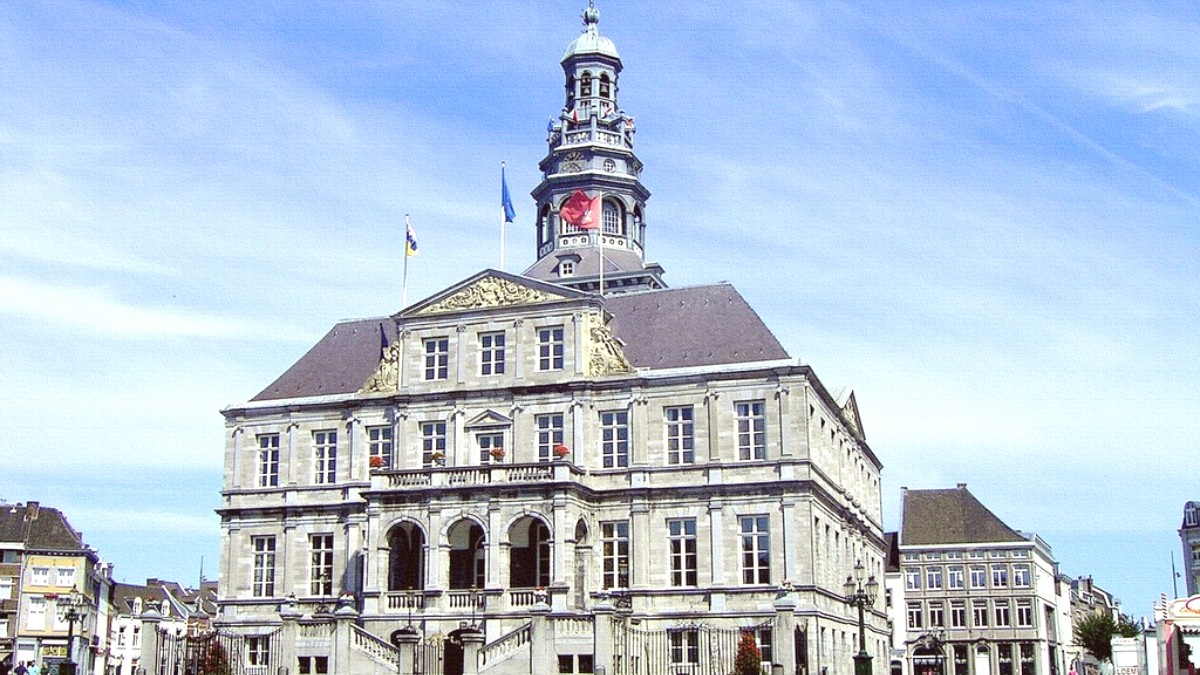
The Southeast, The Netherlands
Arriva operates the main public transport system within Maastricht and the surrounding Limburg region. An extensive bus network covers the entire city, connecting the city center to residential areas, the university campus, and nearby towns and villages. Buses are modern and comfortable.
Local trains, also operated by Arriva, connect Maastricht to other towns in Limburg, like Valkenburg and Heerlen, and across the border to Liège in Belgium. For connections to major Dutch cities like Amsterdam, Eindhoven, and Utrecht, NS (Nederlandse Spoorwegen) operates frequent intercity trains from Maastricht Centraal.
Most economical way to pay. Purchase at stations, supermarkets, newsagents. Tap in/out for buses/trains.
Purchase from bus driver (cash/card) or train station machines. More expensive than OV-chipkaart.
Tap debit/credit card (Maestro, V PAY, Mastercard, Visa) directly on readers. Automatic standard fare deduction.
For real-time schedules and route planning.
Detailed route planning, live updates, OV-chipkaart management.
Ensure minimum balance (€4 bus, €20 train) on OV-chipkaart.
Always tap your card or OVpay at the start and end of journeys.
Taxis and ride-sharing services offer direct transportation, especially for luggage or late-night travel.
Drive on the right. Seatbelts mandatory. No mobile phone use without hands-free.
Roads are in excellent condition and well-maintained.
Limited and expensive in city center. Use multi-story car parks or Park+Ride facilities.
Maastricht's design makes it ideal for exploring on foot or by bicycle, offering an intimate way to experience the city.
Hop-on-hop-off services are not prominent. City's compact size and walkability limit necessity.
River cruises offer an alternative scenic perspective.
Rederij Stiphout offers scenic river cruises on the Maas.
Tours pass city landmarks and go to Mount Saint Peter caves.
Public transport (buses/trains) is increasingly accessible. Newer attractions aim for accessibility.
Maastricht's urban design is highly conducive to active exploration.
The city's walkability and bike-friendliness contribute to its relaxed, local ambiance.
Opting for walking or cycling is an environmentally conscious way to explore.
Maastricht's compact size and dedication to a pedestrian and cycling-friendly environment make it a joy to explore.
Public transport and rental options round out a comprehensive local travel experience.